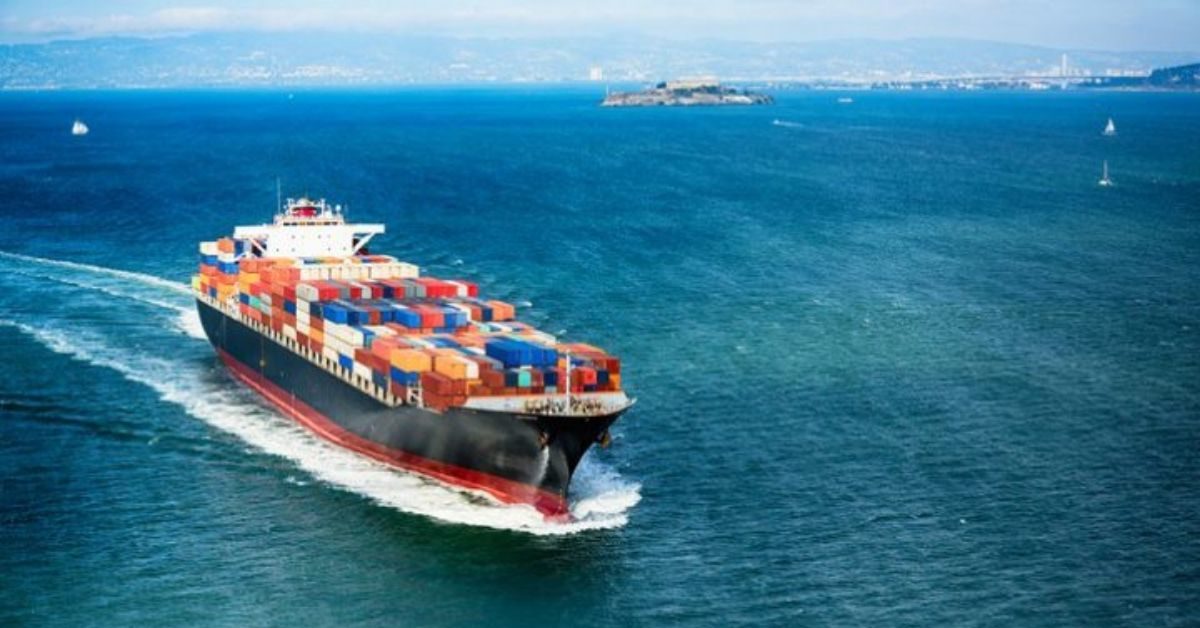Three-quarters of global ports are facing levels container vessel calls similar or higher compared to the year prior, according to new survey.
Just 2% of the ports surveyed in the latest International Association of Ports and Harbours (IAPH) survey, in partnership with the World Port Sustainability Program (WPSP), reported that they faced a ‘significant’ (i.e. in excess of 25%) drop in container vessel calls, prompting an optimistic outlook for container cargo in 2021.
Just 24% of the 70 responding ports said container vessel calls fell by more than 5% compared to pre-pandemic levels – a figure considerably lower than the 53% of respondents to the same question posed on 19 May 2020.
Co-author, Professor Theo Notteboom commented, “Containerised cargo and other cargoes are on a par with, if not above, the expected levels for this period of the year.
“Cargo vessel traffic is now getting back to normal. There has been a recovery in goods related to several industries – such as exporting/importing for the steel industry or the movement of automotive units.”
The IAPH-WPSP COVID-19 Port Economic Impact Barometer survey, researching on the impact of COVID-19 on the ports sector, has been sent out on a monthly basis since September 2020, with the IAPH and WPSP releasing its latest findings on the state of the industry until 12 February 2021.
On intermodal transport, the outlook is more bleak: some 18.6% of ports are facing disruptions in rail services up from the 11.1% in December 2020. Around 30% of ports are reporting delays with barge services.
A fifth of respondents reported experiencing delays in cross-border trucking operations – while in October, none of the responding ports were reporting delays (6-24 hours) or heavy delays (24+ hours) in cross-border road transportation.
“The sudden recent surge in volumes on several big trade routes is testing the capacity limits of some ports/terminals and their inland transport systems, leading to disruptions in hinterland transport connectivity in some ports,” commented co-author Professor Thanos Pallis.
Source: Port Technology







